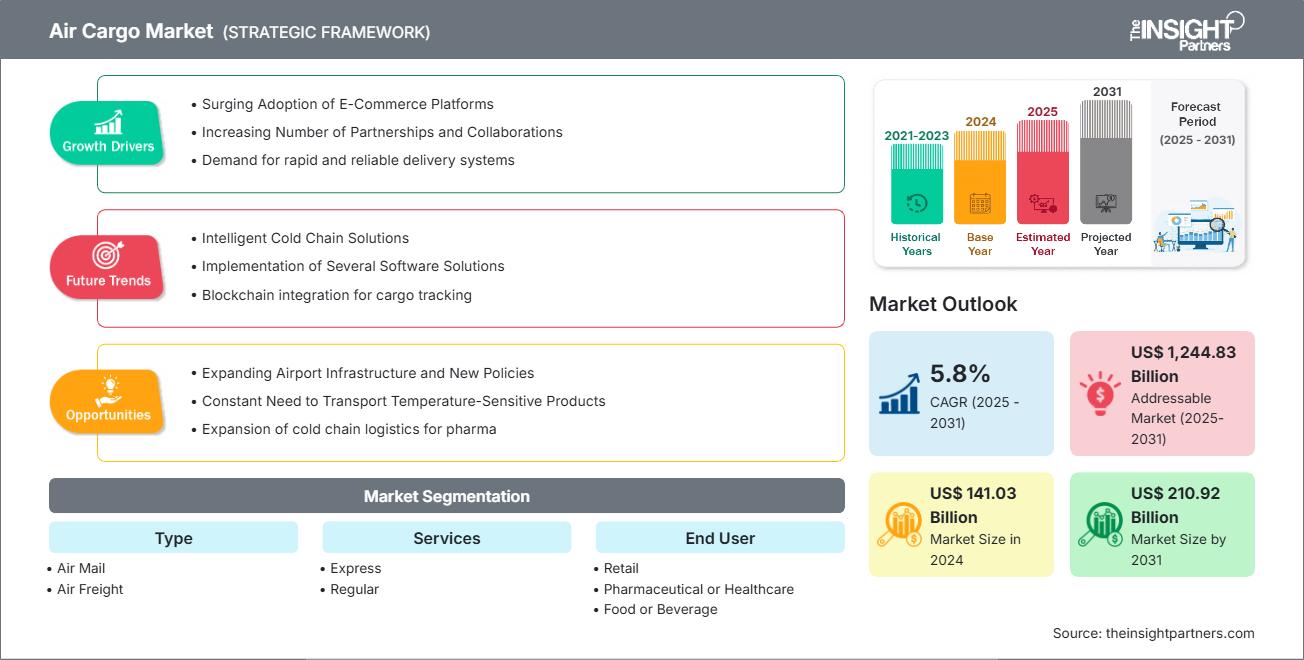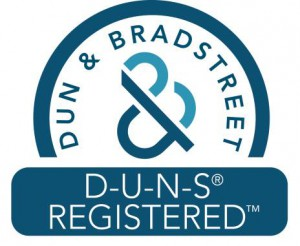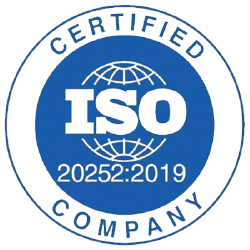항공화물 시장 규모는 2024년 1,410억 3천만 달러에서 2031년에는 2,109억 2천만 달러에 이를 것으로 예상됩니다. 이 시장은 2025년부터 2031년까지 5.8%의 CAGR을 기록할 것으로 예상됩니다 .
항공화물 시장 분석
항공 화물 시장은 소비자 선호도 변화, 기술 발전, 그리고 제품 이점에 대한 인식 제고로 인한 최종 사용자 수요 증가에 힘입어 빠르게 성장하고 있습니다. 수요가 증가함에 따라 기업들은 제품 및 서비스를 확장하고, 소비자 니즈를 충족하기 위한 혁신을 추진하며, 새로운 트렌드를 적극 활용하고 있으며, 이는 시장 성장을 더욱 가속화하고 있습니다.
항공화물 시장 개요
항공화물은 항공기를 통해 신속하게 화물을 운송하는 운송 수단입니다. 전 세계 소비자에게 가치 있고 우수한 품질의 제품을 운송하는 역량을 향상시켜 경제 발전에 기여합니다. 항공화물 산업에서는 여러 가지 발전이 있었습니다. 저유가와 저인건비를 기반으로 하는 혁신적인 물류 및 공급망 개념이 정시 생산 및 최종 제조 조립 목적지 확보의 핵심 트렌드로 부상했습니다. 또한, 가전제품과 같은 신제품의 유통기한이 단축됨에 따라 신속한 운송 및 관리, 그리고 투명성에 대한 수요가 급증했습니다.
이 보고서의 일부 또는 국가 수준 분석, Excel 데이터 팩을 포함하여 모든 보고서에 대한 사용자 정의를 무료로 받을 수 있으며, 신생 기업 및 대학을 위한 훌륭한 혜택과 할인도 이용할 수 있습니다.
항공화물 시장: 전략적 통찰력

-
이 보고서에서 주요 시장 동향을 알아보세요.이 무료 샘플에는 시장 동향부터 추정치 및 예측까지 다양한 데이터 분석이 포함됩니다.
항공화물 시장의 동인과 기회
시장 동인:
-
전자상거래 플랫폼의 급증하는 채택 :
온라인 소매는 전 세계적으로 이용 가능하다는 장점 덕분에 오프라인 매장보다 더 많은 고객을 유치합니다. 또한, 전자상거래 시장 참여자들은 고객에게 상품을 배송하기 위해 육상 운송이나 항공 운송과 같은 물류 옵션을 선택합니다. 글로벌 전자상거래 시장 의 성장에 따라 다양한 구매 패턴과 트렌드가 관찰되었습니다. -
파트너십 및 협력의 증가:
2024년, IndiGo CarGo는 Air France, KLM, Martinair Cargo 와 광범위한 인터라인 계약을 체결했습니다 . 이 파트너십은 양사의 통합 네트워크 전반에서 배송 정확성과 효율성을 향상시켜 IndiGo의 서비스 범위를 확대하고 인도와 유럽 간 화물 서비스를 개선하는 것을 목표로 합니다.
시장 기회:
-
공항 인프라 및 새로운 정책:
싱가포르, 태국, 인도네시아 등 동남아시아 국가는 항공화물 업계에 큰 기회를 제공합니다. 동남아시아 국가 공항은 세계에서 가장 빠르게 성장하는 공항입니다. 터키쉬카고는 신규 화물 서비스 개시를 통해 입지를 강화하고 있습니다.
항공화물 시장 보고서 세분화 분석
항공화물 시장은 운영, 성장 기회, 그리고 새로운 트렌드에 대한 더욱 자세한 이해를 제공하기 위해 다양한 부문으로 구분됩니다. 대부분의 업계 보고서에서 사용되는 표준 세분화 방식은 다음과 같습니다.
유형별:
-
항공우편:
항공 우편 부문은 2024년에 다시 활기를 띠었습니다. 이는 국경 간 전자 상거래의 급격한 성장과 소형 소포 및 문서의 빠르고 안정적인 배송에 대한 수요 증가에 따른 것입니다. -
항공화물:
항공 화물은 상업용 또는 전세 항공기를 이용한 상품 운송입니다. 빠른 배송에 대한 수요가 증가함에 따라 특급 배송에 대한 선호도가 높아지고 있습니다.
서비스별:
-
정기 서비스:
일반 항공화물은 시간에 덜 민감하고 부피가 큰 화물을 위한 일반 화물 서비스를 포함합니다. 이 부문은 2024년 세계 항공화물 시장에서 가장 큰 점유율을 차지할 것입니다. -
익스프레스 서비스:
전자상거래의 끊임없는 성장, 당일 및 익일 배송에 대한 소비자 기대치의 증가, 업계 전반에 걸쳐 적시 생산 공급망 모델의 확산에 힘입어 특급 항공화물은 2024년 글로벌 항공화물 시장에서 가장 빠르게 성장하고 가장 역동적인 부문으로 떠올랐습니다.
최종 사용자별:
- 제약품
- 소매
- 음식 및 음료
- 가전제품
- 기타
각 산업 유형별로 항공화물에 대한 구체적인 요건이 있으며, 이는 속도, 편의성, 그리고 지속가능성에 대한 끊임없는 집중에 영향을 미칩니다.
지리별:
- 북아메리카
- 유럽
- 아시아 태평양
- 남미 및 중미
- 중동 및 아프리카
아시아 태평양 지역의 항공화물 시장은 가장 빠른 성장을 보일 것으로 예상됩니다. 이러한 성장은 주로 국경 간 전자상거래 부문의 확대에 힘입어 가속화될 것입니다.
항공화물 시장 지역별 통찰력
The Insight Partners의 분석가들은 예측 기간 동안 항공화물 시장에 영향을 미치는 지역별 동향과 요인들을 면밀히 분석했습니다. 이 섹션에서는 북미, 유럽, 아시아 태평양, 중동 및 아프리카, 그리고 중남미 지역의 항공화물 시장 부문과 지역별 분포도 살펴봅니다.
항공화물 시장 보고서 범위
| 보고서 속성 | 세부 |
|---|---|
| 2024년 시장 규모 | 1,410억 3천만 달러 |
| 2031년까지 시장 규모 | 2,109억 2천만 달러 |
| 글로벌 CAGR(2025~2031년) | 5.8% |
| 역사적 데이터 | 2021-2023 |
| 예측 기간 | 2025-2031 |
| 다루는 세그먼트 |
유형별
|
| 포함된 지역 및 국가 |
북아메리카
|
| 시장 선도 기업 및 주요 회사 프로필 |
|
항공화물 시장 참여자 밀도: 비즈니스 역학에 미치는 영향 이해
항공 화물 시장은 소비자 선호도 변화, 기술 발전, 그리고 제품 이점에 대한 인식 제고 등의 요인으로 인한 최종 사용자 수요 증가에 힘입어 빠르게 성장하고 있습니다. 수요가 증가함에 따라 기업들은 제품 및 서비스를 확장하고, 소비자 니즈를 충족하기 위한 혁신을 추진하며, 새로운 트렌드를 적극 활용하고 있으며, 이는 시장 성장을 더욱 가속화하고 있습니다.

- 항공화물 시장의 주요 기업 개요를 알아보세요
지역별 항공화물 시장 점유율 분석
아시아 태평양 지역은 향후 몇 년 동안 가장 빠른 성장을 보일 것으로 예상됩니다. 중남미, 중동, 아프리카의 신흥 시장 또한 항공화물 운송업체들이 확장할 수 있는 많은 미개척 기회를 보유하고 있습니다.
항공 화물 시장은 지역마다 성장 양상이 다릅니다. 이는 전자상거래 산업의 성장과 여러 국가 간 무역 증가 등의 요인 때문입니다. 아래는 지역별 시장 점유율과 동향을 요약한 것입니다.
1. 북미
-
시장 점유율:
글로벌 시장의 상당 부분을 차지합니다 -
주요 동인:
- 전자상거래의 성장으로 빠르고 유연한 배송에 대한 수요가 늘어나고 있습니다.
- 첨단기술 및 제약품 수출에는 시간에 민감한 운송이 필요합니다.
- 강력한 인프라와 주요 화물 허브(예: 멤피스, 앵커리지)
-
트렌드:
여객 항공사가 수익원을 다각화하기 위해 전용 화물 항공기를 확장합니다.
2. 유럽
-
시장 점유율:
EU의 엄격한 조기 규제로 인해 상당한 점유율 확보 -
주요 동인:
- 유럽 내 무역 및 제조 공급망.
- 급행 및 부패하기 쉬운 상품의 물류에 대한 수요가 증가하고 있습니다.
- EU의 지속 가능성 이니셔티브는 효율적인 다중 모드 물류를 추진하고 있습니다.
-
트렌드:
배출 감소를 위해 친환경 항공화물 솔루션과 SAF(지속 가능한 항공연료)를 도입합니다.
3. 아시아 태평양
-
시장 점유율:
지배적인 시장 점유율을 가진 가장 빠르게 성장하는 지역 -
주요 동인:
- 중국, 한국, 일본에서 전자상거래 수출이 급증했습니다.
- 강력한 제조 및 반도체 공급망 의존성.
- 아시아, 북미, 유럽을 잇는 전략적 항공화물 통로.
-
트렌드:
국경을 넘는 전자상거래 물류 플랫폼과 디지털 화물운송업체의 증가.
4. 남미 및 중미
-
시장 점유율:
작지만 빠르게 성장하고 있습니다 -
주요 동인:
- 과일, 꽃, 해산물 등 부패하기 쉬운 상품의 수출.
- 중산층 소비의 증가로 인해 수입 수요도 늘어나고 있습니다.
- 공항 및 냉장 유통 인프라에 대한 투자.
-
트렌드:
연결성을 개선하고 비용을 절감하기 위해 지역별 화물 통합 허브로 전환합니다.
5. 중동 및 아프리카
-
시장 점유율:
꾸준한 성장으로 성장하는 시장 -
주요 동인:
- 대륙 간의 환적 허브로서의 전략적 위치.
- 화물 차량에 대한 국영 항공사의 투자(예: 에미레이트 스카이카고, 카타르 항공 카고).
- 석유, 의료품 , 전자제품 등이 항공화물 운송량에 영향을 미칩니다.
-
트렌드:
주요 공항(예: 두바이 남부, 키갈리 물류 플랫폼) 근처에 통합 물류 도시와 자유 무역 지대를 개발합니다.
항공화물 시장 참여자 밀도: 비즈니스 역학에 미치는 영향 이해
높은 시장 밀도와 경쟁
FedEx Express, UPS Airlines, DHL Aviation 등 기존 업체들의 존재로 경쟁이 치열합니다. 에미레이트 항공(UAE)과 영국항공(영국)과 같은 지역 및 틈새 시장 업체들 또한 여러 지역의 경쟁 구도를 더욱 심화시키고 있습니다.
이러한 높은 수준의 경쟁으로 인해 기업은 다음과 같은 서비스를 제공하여 두각을 나타내야 합니다.
- 화물선단에 대한 투자
- 냉장 유통 인프라에 대한 투자.
기회와 전략적 움직임
- 실시간 추적, 경로 최적화, 수요 예측을 위해 AI, IoT, 블록체인을 구현합니다.
- 디지털 화물 플랫폼은 운송업체-운송업체 관계를 재편하고 있습니다.
항공화물 시장에서 운영되는 주요 회사는 다음과 같습니다.
- 페덱스 익스프레스(미국)
- UPS 항공(미국)
- DHL 항공(독일)
- 에미레이트 스카이카고(두바이)
- 캐세이퍼시픽 항공 카고(중국)
- 대한항공화물(한국)
- 루프트한자 카고(독일)
- 싱가포르항공 카고(싱가포르)
- 중화항공 카고(대만)
- 영국항공 월드 카고(영국)
면책 조항: 위에 나열된 회사는 특정 순서에 따라 순위가 매겨지지 않았습니다.
연구 과정에서 분석된 다른 회사:
- 카타르 항공 카고
- 터키 카고
- 에티하드 카고
- 에티오피아 화물 및 물류 서비스
- 사우디 카고(Saudia Cargo)
- 아시아나 카고
- 에어 프랑스 KLM 마틴에어 카고
- 에어브리지카고 항공사
- MASkargo(말레이시아 항공 화물)
- 닛폰화물항공(NCA)
- 실크웨이 웨스트 항공
- 라탐 카고
- 아비앙카 카고
- 항공학
- 칼리타 에어
항공화물 시장 뉴스 및 최근 동향
-
SpiceXpress, 벵갈루루 기반 Star Air와 파트너십 체결
SpiceXpress는 벵갈루루에 본사를 둔 Star Air와 협력하여 Star Air 항공기의 동체 공간(belly space)을 관리했습니다. 이 협력을 통해 SpiceXpress의 국내선 네트워크에 9개의 새로운 취항지가 추가되어, 특히 인도 내 서비스 취약 지역의 도어투도어 배송 및 항공 화물 인프라가 강화되었습니다. -
사우디아 카고, 두 개의 주요 글로벌 물류 파트너십 계약 체결
사우디아 카고는 덴마크의 스캔 글로벌 로지스틱스(SGL)와, 그리고 에어 로지스틱스 그룹(Air Logistics Group)과 두 건의 주요 글로벌 물류 파트너십 계약을 체결했습니다. SGL 파트너십은 사우디아 카고의 글로벌 네트워크에 우선적으로 접근할 수 있는 기회를 제공하며, 에어 로지스틱스 그룹과의 계약은 영국과 사우디아라비아 간의 통합 항공 화물 솔루션을 강화합니다.
항공화물 시장 보고서 범위 및 성과물
"항공화물 시장 규모 및 예측(2021~2031)" 보고서는 아래 영역을 포괄하여 시장에 대한 자세한 분석을 제공합니다.
- 범위에 포함된 모든 주요 시장 부문에 대한 글로벌, 지역 및 국가 수준의 항공화물 시장 규모 및 예측
- 항공화물 시장 동향 및 운전자, 제지장치, 주요 기회와 같은 시장 역학
- 자세한 PEST 및 SWOT 분석
- 주요 시장 동향, 글로벌 및 지역 프레임워크, 주요 참여자, 규정 및 최근 시장 개발 사항을 포괄하는 항공화물 시장 분석
- 시장 집중도, 히트맵 분석, 주요 업체 및 항공화물 시장의 최근 동향을 다루는 산업 환경 및 경쟁 분석
- 자세한 회사 프로필
- 과거 분석(2년), 기준 연도, CAGR을 포함한 예측(7년)
- PEST 및 SWOT 분석
- 시장 규모 가치/거래량 - 글로벌, 지역, 국가
- 산업 및 경쟁 환경
- Excel 데이터세트
최근 보고서
사용 후기
구매 이유
- 정보에 기반한 의사 결정
- 시장 역학 이해
- 경쟁 분석
- 고객 인사이트
- 시장 예측
- 위험 완화
- 전략 기획
- 투자 타당성 분석
- 신흥 시장 파악
- 마케팅 전략 강화
- 운영 효율성 향상
- 규제 동향에 발맞춰 대응






















 무료 샘플 받기 - 항공화물 시장
무료 샘플 받기 - 항공화물 시장